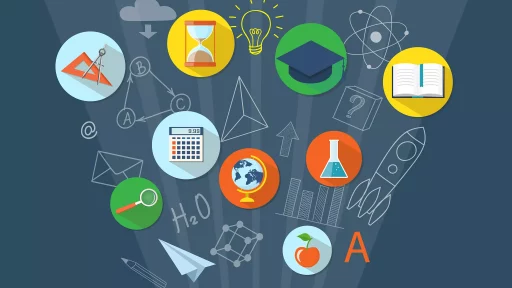The Rise of Generative AI
Artificial Intelligence has made tremendous advancements in recent years, with one of the most exciting developments being Generative AI. This branch of AI focuses on creating new and original content, whether it’s images, text, music, or even entire videos.
Understanding Generative AI
The main goal of Generative AI is to produce content that is indistinguishable from human-created content. By using complex algorithms and deep learning techniques, Generative AI can generate highly realistic and creative outputs.
Applications of Generative AI
Generative AI has a wide range of applications across various industries. In the art world, it can be used to create unique pieces of art or music. In healthcare, it can help in drug discovery by generating new molecular structures. In the entertainment industry, it can be used to create realistic virtual actors or generate entire scenes for movies.
Challenges of Generative AI
Despite its many benefits, Generative AI also poses several challenges. One of the biggest concerns is the potential misuse of this technology for creating fake news, deepfakes, or malicious content. There are also ethical considerations surrounding the use of AI-generated content, as it blurs the line between what is real and what is artificial.
Case Studies
- DeepArt: DeepArt is a tool that uses Generative AI to transform your photos into artwork in the style of famous painters like Van Gogh or Picasso.
- DALL-E: DALL-E is a neural network that generates images from textual descriptions, allowing users to create unique and imaginative visuals.
The Future of Generative AI
As Generative AI continues to evolve, we can expect to see even more innovative applications in various fields. From personalized content creation to enhanced virtual reality experiences, the possibilities are endless.




